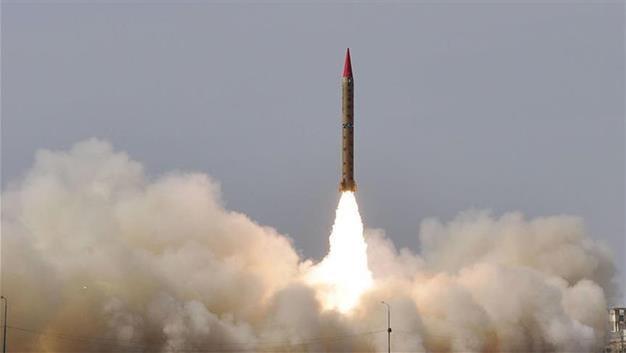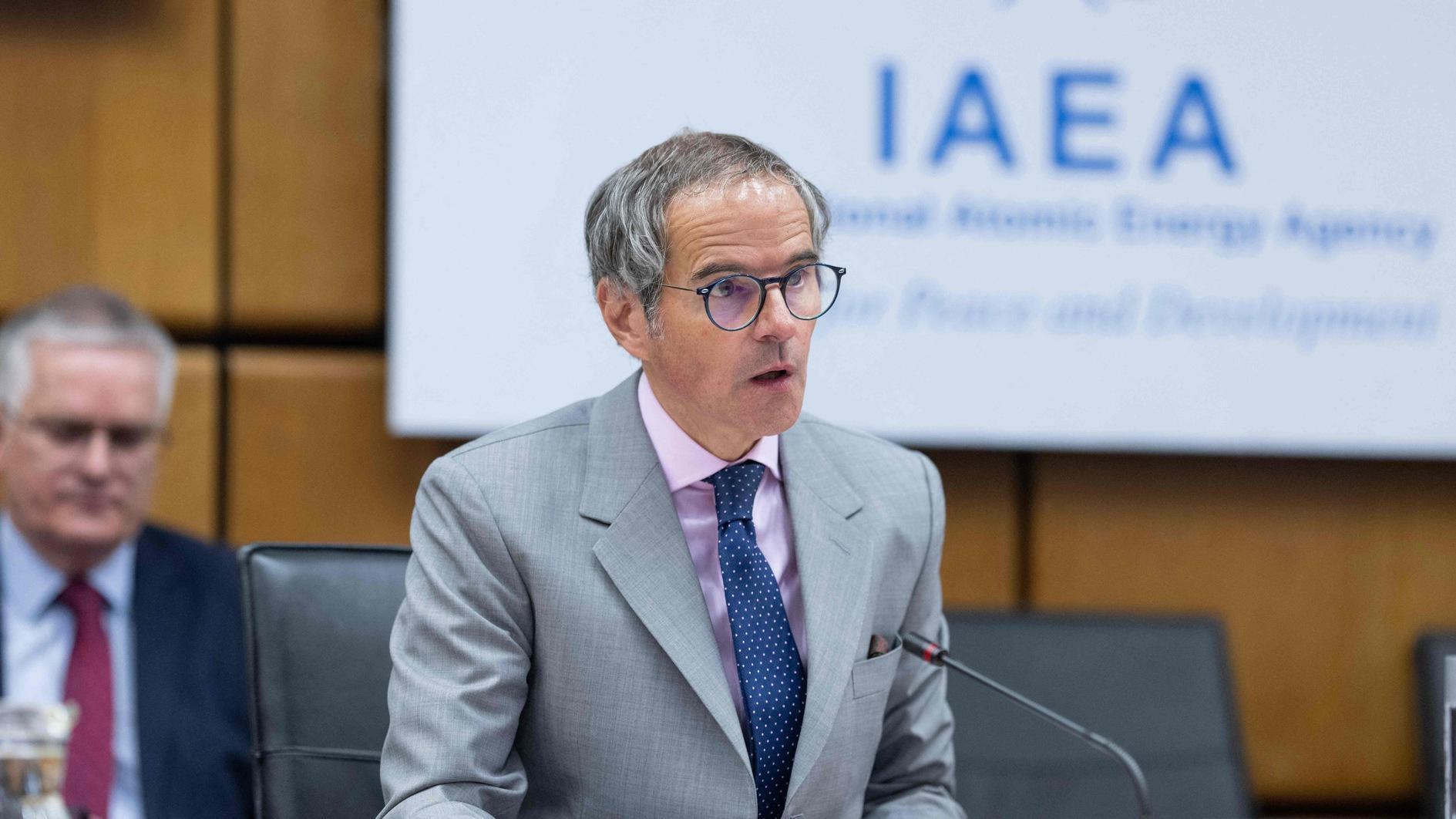North Korea fires another missile over Japan, deepening regional tensions
SEOUL
 North Korea fired a missile that flew over Japan’s northern Hokkaido far out into the Pacific Ocean on Sept. 15, South Korean and Japanese officials said, deepening tensions after Pyongyang’s recent test of its most powerful nuclear bomb.
North Korea fired a missile that flew over Japan’s northern Hokkaido far out into the Pacific Ocean on Sept. 15, South Korean and Japanese officials said, deepening tensions after Pyongyang’s recent test of its most powerful nuclear bomb.The missile flew over Japan and landed in the Pacific about 2,000 kms east of Hokkaido, Japanese Chief Cabinet Secretary Yoshihide Suga told reporters.
Warning announcements about the missile blared around 7 am in parts of northern Japan, while many residents received alerts on their mobile phones or saw warnings on TV telling them to seek refuge.
U.S. Secretary of Defense Jim Mattis said the launch “put millions of Japanese into duck and cover,” although residents in northern Japan appeared calm and went about their business as normal after the second such launch in less than a month.
The missile reached an altitude of about 770 kms and flew for about 19 minutes over a distance of about 3,700 kms, according to South Korea’s military - far enough to reach the U.S. Pacific territory of Guam.
The U.S. military said soon after the launch it had detected a single intermediate range ballistic missile but the missile did not pose a threat to North America or the U.S. Pacific territory of Guam, which lies 3,400 kms from North Korea. Pyongyang had previously threatened to launch missiles towards Guam.
“The range of this test was significant since North Korea demonstrated that it could reach Guam with this missile,” the Union of Concerned Scientists said in a statement.
However, it said the accuracy of the missile, still at an early stage of development, was low so it would be difficult to destroy the U.S. Andersen Air Force Base on Guam.
U.S. officials repeated Washington’s “ironclad” commitments to the defense of its allies. Secretary of State Rex Tillerson called for “new measures” against North Korea and said the “continued provocations only deepen North Korea’s diplomatic and economic isolation.”
South Korean President Moon Jae-in echoed that view and said dialogue with the North was impossible at this point. He ordered officials to analyze and prepare for possible new North Korean threats, including electro-magnetic pulse and biochemical attacks, a spokesman said.
The United Nations Security Council was to meet late on Sept. 15 at the request of the United States and Japan, diplomats said, just days after the 15-member council unanimously stepped up sanctions against North Korea over its Sept. 3 nuclear test.
Those sanctions imposed a ban on North Korea’s textile exports and capping imports of crude oil.
“The international community needs to come together and send a clear message to North Korea that it is threatening world peace with its actions,” Japanese Prime Minister Shinzo Abe told reporters in Tokyo, describing the launch as “unacceptable.”
North Korea has launched dozens of missiles under young leader Kim Jong Un as it accelerates a weapons program designed to give it the ability to target the United States with a powerful, nuclear-tipped missile.
Two tests in July were for long-range intercontinental ballistic missiles capable of reaching at least parts of the U.S. mainland.
“This rocket has meaning in that North Korea is pushing towards technological completion of its missiles and that North Korea may be feeling some pressure that they need to show the international community something,” said Yang Uk, a senior research fellow at the Korea Defense and Security Forum.
Last month, North Korea fired an intermediate range missile from a similar area near the capital Pyongyang that also flew over Hokkaido into the ocean and said more would follow.
“The first time was unexpected, but I think people are getting used to this as the new normal,” said Andrew Kaz, who teaches English in Kushiro City in Hokkaido. “The most it seemed to disrupt was my coffee.”
South Korea said it had fired a missile test into the sea to coincide with North Korea’s launch and the presidential Blue House has called an urgent National Security Council meeting. Japan also convened a National Security Council meeting.
Pyongyang had threatened a day earlier to sink Japan and reduce the United States to “ashes and darkness” for supporting the Security Council’s latest resolution and sanctions.
The U.S. general overseeing America’s nuclear forces said on Thursday he assumed that North Korea’s latest nuclear test was in fact a hydrogen bomb, as Pyongyang had claimed, based on the size of the blast.
“I’m assuming it was a hydrogen bomb,” Air Force General John Hyten, head of the U.S. military’s Strategic Command, told a small group of reporters who were accompanying Mattis on a trip to Hyten’s headquarters in Nebraska.
















